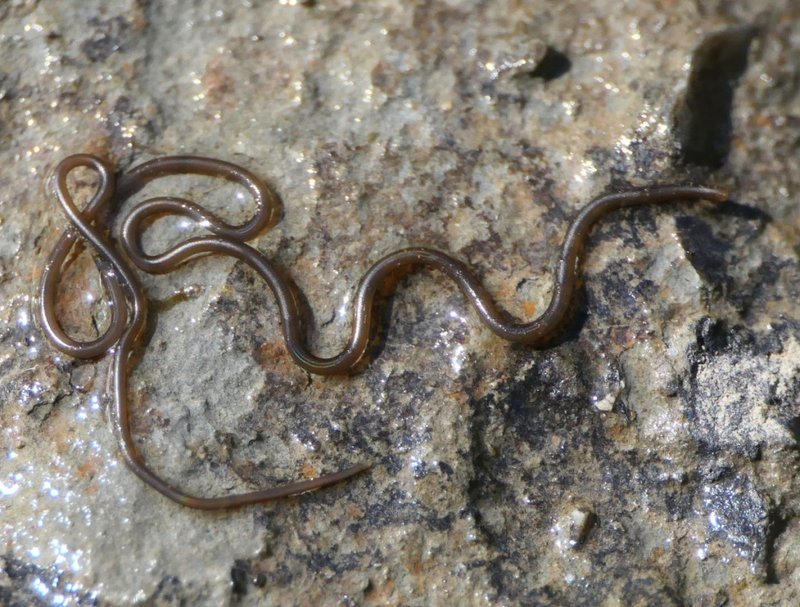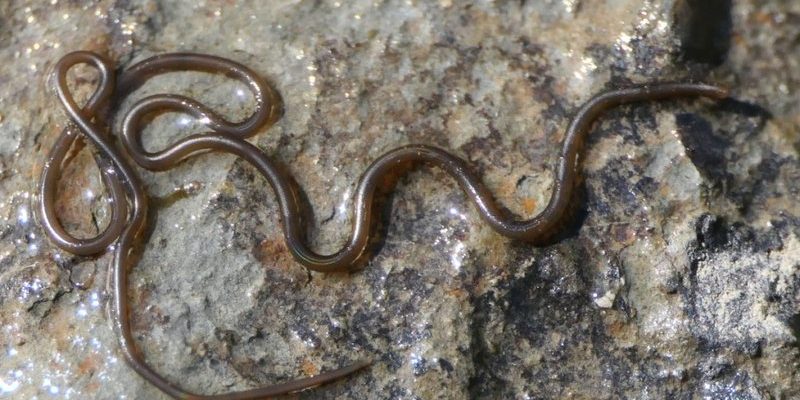
In this article, we’ll dive deep into the world of hairworms. We’ll explore what makes them tick, the predators that threaten their existence, and the environmental challenges they face. By understanding these threats, you’ll gain a new appreciation for these unusual worms and their role in the ecosystem. So, grab a cup of coffee, and let’s unravel the life of hairworms together!
What Are Hairworms?
Hairworms, scientifically known as *Nematomorpha*, are a group of parasitic worms that primarily infect insects. Think of them as the ultimate tricksters in nature. They start their lives as tiny larvae that find their way into an unsuspecting host, usually an insect. Once inside, they manipulate the host’s behavior, often making it jump into water, where the adult hairworm emerges. It’s a bit like a horror movie!
These worms are typically long and slender, resembling strands of hair, hence the name. They can grow anywhere from a few centimeters to over a meter long. You might be wondering how something so thin can cause such chaos, but their lifecycle is a prime example of nature’s weird and wonderful ways. To imagine it more clearly, think of a puppet master controlling marionettes—a hairworm pulls the strings of its host, guiding it to water for the worm’s own survival.
Predators of Hairworms
While hairworms are fascinating, they are not without their enemies. Predators play a crucial role in controlling hairworm populations. In nature, every creature has a predator, and hairworms are no exception. Common predators include birds, amphibians, and other insects.
Birds are particularly savvy hunters. They often scout out insects in ponds and streams, making it easy for them to feast on infected hosts like grasshoppers or crickets. After consuming an infected insect, the bird might inadvertently send hairworm larvae into a new environment, allowing the cycle to continue.
Amphibians, such as frogs, also contribute to this predation. They’re opportunistic eaters and will consume anything that fits into their mouths, including insects that may harbor hairworm larvae. The interplay between predators and prey keeps the ecosystem balanced but often spells trouble for hairworm populations.
Environmental Threats to Hairworm Populations
Aside from natural predators, environmental factors pose significant risks to hairworms. Changes in habitat, climate, and pollution can all impact their survival. For instance, habitat destruction caused by urban development or agriculture reduces the spaces where these worms can thrive.
Water quality is another concern. Hairworms depend on healthy aquatic environments for part of their lifecycle. Pollution can lead to reduced insect populations, directly affecting the availability of hosts for hairworms. If the insects are fewer, fewer hairworms will emerge, leading to a decline in their populations.
Climate change also plays a role. As temperatures rise or rainfall patterns shift, the ecosystems that support hairworm life can become less stable. A loss of habitat or changes in food sources can create a ripple effect, putting not just hairworms, but entire ecosystems at risk.
Competition in the Ecosystem
In addition to predators and environmental changes, hairworms face competition from other parasites and organisms. Other parasitic worms or diseases can emerge, leading to increased competition for host insects. When resources are limited, it becomes a game of survival of the fittest.
Different species of parasitic worms may target the same hosts as hairworms. This overlap can make it harder for hairworms to find a suitable host, reducing their populations further. Once again, this competition shows how interconnected nature is.
Interestingly, even healthy predators can turn into competitors when they evolve to target the same insects. For example, if a new species of bird begins to favor infected insects, this could further threaten the hairworm population. It’s a tough world out there for creatures that rely on specific hosts to complete their life cycles.
Human Impact on Hairworm Populations
Humans can significantly influence the survival of hairworms, often in ways we’re unaware of. Activities such as pesticide use can lead to a decrease in insect populations, limiting the opportunities for hairworms to thrive. Pesticides may not only kill target insect species but can also affect beneficial insects that hairworms depend on.
In addition, the introduction of non-native species into ecosystems can lead to unforeseen challenges. If a new predator arrives that targets the same insects, hairworms may struggle to adapt quickly enough. It’s like inviting a new guest to a party who steals the spotlight—suddenly, the original guests feel overshadowed and pushed out.
Finally, climate change driven by human activity is another significant threat. As temperatures rise and precipitation patterns change, the habitats that hairworms rely on may become inhospitable. If we don’t start taking steps to mitigate our impact on the environment, these quirky creatures could face an uncertain future.
Conservation Efforts and Future Outlook
There is still hope for hairworms, thanks to ongoing conservation efforts. Organizations and researchers are working hard to understand these unique creatures better, focusing on their ecological roles and the threats they face. Monitoring their populations and habitats helps scientists develop strategies to protect them.
Preserving natural habitats is vital. By protecting wetlands and promoting healthy ecosystems, we can create environments where hairworms can thrive. Education about the importance of biodiversity is equally crucial. The more people understand these fascinating worms and their ecological roles, the more likely they are to support conservation initiatives.
Future research may uncover even more about hairworms’ interactions within their ecosystems. Understanding how they fit into the larger picture will help us find ways to protect them. After all, every creature, no matter how small, plays a part in the intricate web of life.
Hairworms are a testament to the wonders and complexities of nature. Despite their creepy, crawly reputation, they play a unique role in the ecosystem. However, they face numerous threats, from predators to environmental changes, making their future uncertain.
By understanding these threats and the delicate balance of their ecosystems, we can better appreciate the intricate relationships between species. Supporting conservation efforts and fostering a deeper connection to nature are steps we can all take to ensure that hairworms—and the ecosystems they inhabit—continue to thrive. The next time you think of worms, remember there’s a whole world of them out there, weaving their stories in ways we’re only just beginning to understand.

